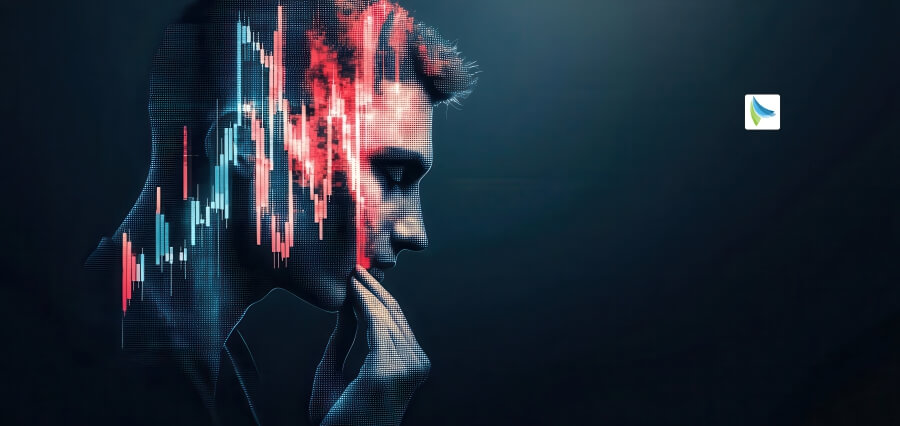In the world of supply chain optimization, data visualization is a crucial tool for data analysts. It enables them to make sense of vast amounts of data. It helps them identify trends. It helps them make better informed decisions.
So in this article, we’ll explore several effective techniques for visualizing supply chain data. Read on how you can enhance operations.
Heat Maps
Heat maps are an excellent technique for identifying areas of high and low activity within the supply chain. By using color gradients, these maps provide a visual representation of data density.
For instance, a heat map can show the volume of shipments processed in different regions. It helps analysts pinpoint bottlenecks and areas ripe for improvement.
This method is particularly useful for large-scale supply chain optimization. It allows for quick identification of problem areas that require immediate attention.
Time Series Analysis
Time series analysis involves plotting data points over a period to identify trends and patterns. In the context of supply chain management, this technique can be used to track inventory levels. It helps identify delivery times and demand fluctuations.
By analyzing these trends, data analysts can forecast future needs. It can help adjust operations accordingly.
This proactive approach not only helps in improving supply chain efficiency. It also helps in reducing costs associated with overstocking or stockouts.
Network Graphs
Network graphs are invaluable for visualizing the relationships and flows within a supply chain. They depict nodes such as suppliers, manufacturers, and distributors. Then, they also show the connections between them.
For example, AI powered analytics can generate a network graph. They can show the flow of goods from suppliers to manufacturers, and finally to customers.
This visualization not only provides a clear overview of the supply chain’s structure. It also helps identify any potential bottlenecks or inefficiencies.
Geographic Information Systems (GIS)
Geographic Information Systems (GIS) combine spatial and data analysis. They provide a great view of supply chain operations.
GIS maps can display routes, warehouses, and distribution centers. They also show real-time data. They show traffic conditions and weather forecasts.
This technique is instrumental in route optimization. It ensures that goods are delivered efficiently. At the same time, they cut transportation costs and delays.
Dashboards
Dashboards are a popular tool for data visualization. They provide an interactive, real-time view of key supply chain metrics.
These include inventory levels, order fulfillment rates, and transportation costs. By displaying this information in one central location, dashboards make it easy to spot trends. It makes it easier to identify areas that require attention.
They can also be customized. They can fit the specific needs of a company’s supply chain operations.
Sankey Diagrams
Sankey diagrams are a useful way to visualize the flow and movement of goods within a supply chain. They use arrows to show the volume and direction of movement between different nodes.
This technique is particularly helpful in identifying inefficiencies or delays in the supply chain process. By analyzing these diagrams, data analysts can suggest improvements for better flow and cost reduction.
Supply Chain Data Is Best Visualized
As we can see, there are various techniques for visualizing supply chain data. Each one offers unique insights and benefits. By utilizing these tools, supply chain managers can identify areas of improvement and make informed decisions to optimize operations.
So don’t just settle for rows and columns of data. Use these techniques to bring your supply chain data to life and drive continuous improvement. Start utilizing these visualization techniques today!
Did you find this article helpful? If so, check out the rest of our site for more.














